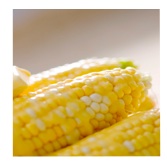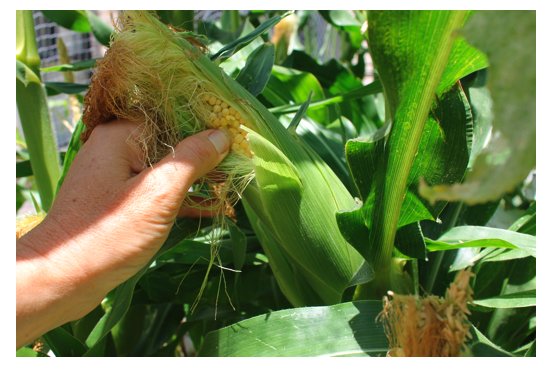 Corn, or sweet corn as it is often referred to, is a popular vegetable among adults and kids alike. When you grow your own corn at home, you start to understand how really good (and sweet) it can be. It’s been said that you should put the pot of water on the stove and only when it comes to the boil, that you then go out and harvest the cobs and pop them straight in the water. That way your sweet corn will taste the sweetest.
Corn, or sweet corn as it is often referred to, is a popular vegetable among adults and kids alike. When you grow your own corn at home, you start to understand how really good (and sweet) it can be. It’s been said that you should put the pot of water on the stove and only when it comes to the boil, that you then go out and harvest the cobs and pop them straight in the water. That way your sweet corn will taste the sweetest.
Knowing when your corn cobs are ready to be harvested can be difficult for the beginner grower, but once you know a few tricks, you’ll be savouring the very best corn at optimal picking time.
3 things to look for when harvesting corn
Swollen cobs
Make sure the cobs are nice and big, you don’t want anything undersize.
Brown silks
The silks or tassels at the end of the cob must be brown and dry. The cobs are the female part of the corn plant with every kernel being a “flower”. The silks are the stigmas of each of these flowers. Each one of these silks needs to be successfully fertilised when pollen from the male stamen (located right at the top of the plant) is transferred to each stigma. Once pollination has occurred the kernel swells up and the whole thing becomes the corn cob that we eat. Wonderful isn’t it! When the silks dry and brown off, then it’s an indication that things are getting close. But don’t get too ahead of yourself at this point.

Milky sap
Test the sap in the kernel and see what colour it is. Do this by tearing a little bit of the husk down to expose a few kernels (don’t rip it off completely because if it’s not ready you’ll need to cover it back up). Squeeze or pop a kernel with your thumb nail and look at the juice. If the juice is clear then it’s not ready. If the juice is milky then it’s bang on, ready to pick. If there’s no juice, then you’ve left your run too late and the corn will be passed it’s prime and probably a little bit dry when you eat it.
Sweet corn need lots of nutrients and moisture to ensure a good crop. Fertilise the bed well before planting and give it regular irrigation throughout the growing season.




 Twitter
Twitter Facebook
Facebook